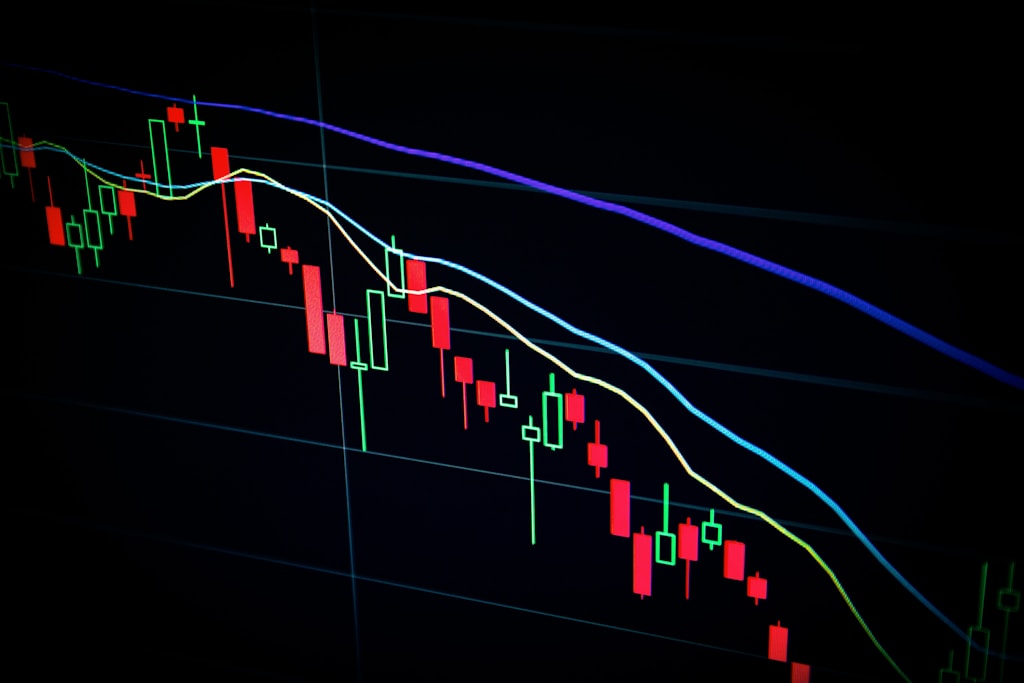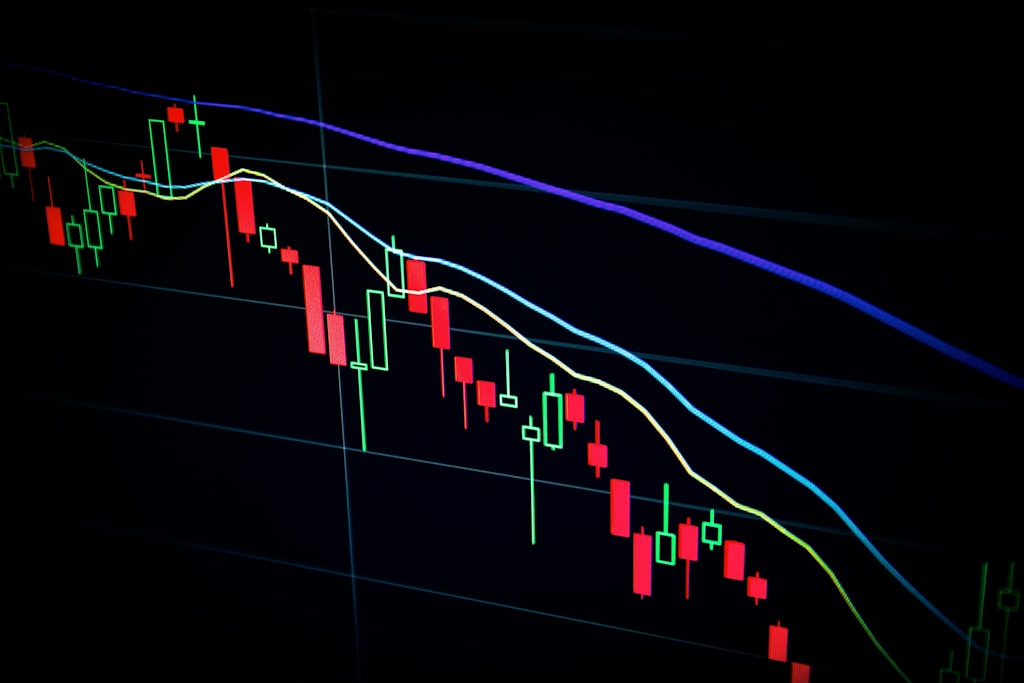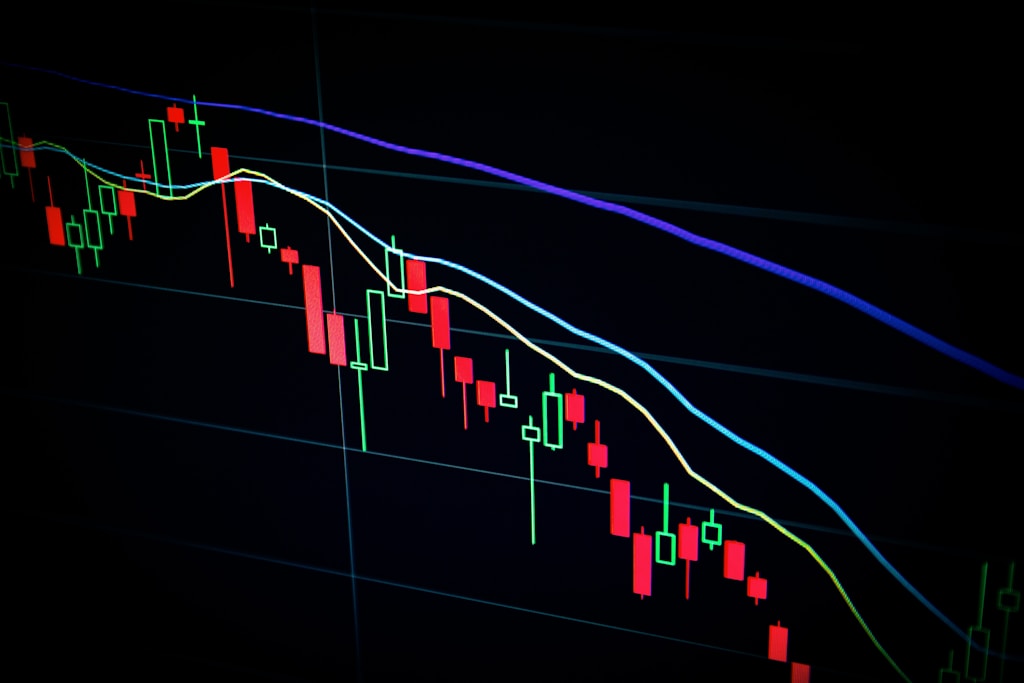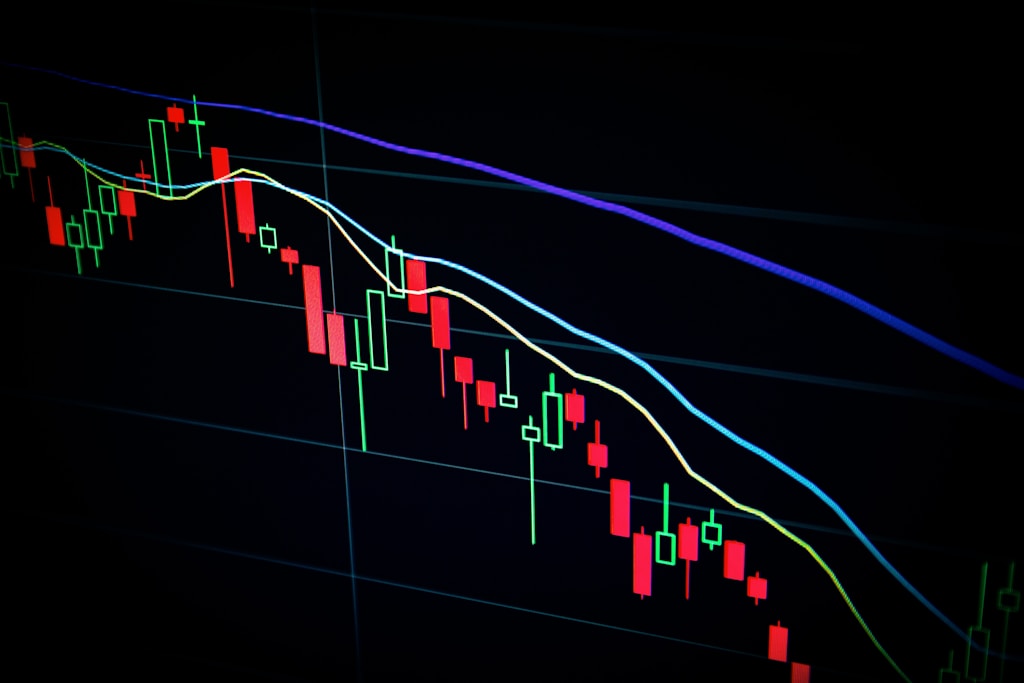In a landmark decision that signals growing mainstream acceptance of cryptocurrencies, the Federal Deposit Insurance Corporation (FDIC) has announced a major policy reversal that removes the requirement for banks to seek prior approval before engaging in cryptocurrency activities. This regulatory shift marks a significant milestone in the integration of digital assets into traditional banking.
Key Implications of the FDIC’s Crypto Policy Change
The FDIC’s decision represents a fundamental shift in how U.S. banks can approach cryptocurrency services. This move aligns with recent regulatory developments that show increasing openness to crypto integration in traditional finance.
What This Means for Banks
- Direct engagement with cryptocurrency services without lengthy approval processes
- Greater flexibility in developing digital asset products
- Reduced regulatory barriers for crypto-related banking services
- Enhanced ability to compete in the evolving financial landscape
Market Impact and Industry Response
The regulatory shift comes at a crucial time when traditional financial institutions are increasingly looking to expand their cryptocurrency offerings. This development could accelerate the adoption of digital assets across the banking sector.
Frequently Asked Questions
What specific crypto activities can banks now offer?
Banks can potentially offer cryptocurrency custody, trading services, and digital asset-based financial products, subject to standard risk management practices.
Does this affect all U.S. banks?
The policy applies to FDIC-supervised institutions, which includes the majority of U.S. banks and financial institutions.
What safeguards remain in place?
Banks must still maintain appropriate risk management frameworks and comply with existing banking regulations and security standards.
Looking Ahead: The Future of Banking and Crypto
This regulatory shift could mark the beginning of a new era in banking, where traditional financial institutions play a more active role in the cryptocurrency ecosystem. The move may encourage more banks to develop innovative digital asset services while maintaining necessary security and compliance standards.







